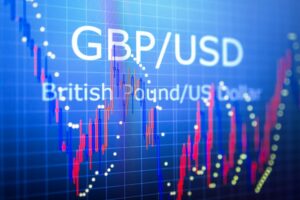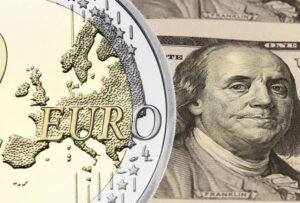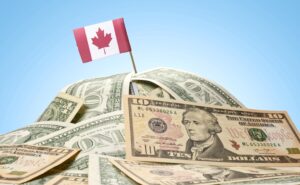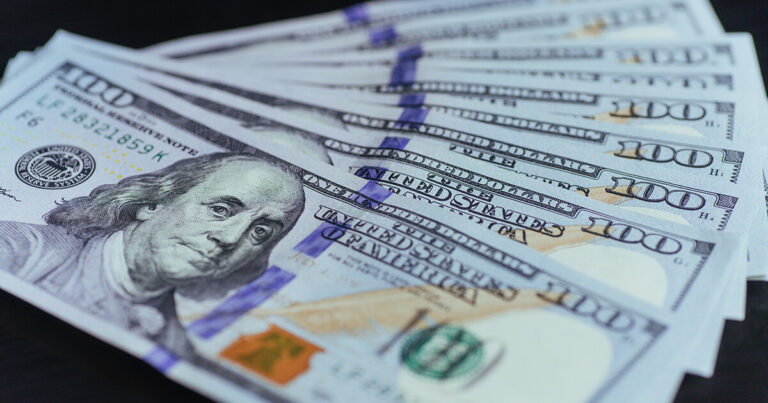In the week ending 11th October, US politics and covid 19 pandemics dominated International trade news and impacted the g7 forex market. Demand for the riskier assets on the upswing while safe-haven currencies plunge.
The Fundamentals
US Politics
President Trump postponed negotiations on covid 19 relief stimulus bill until after the US elections. The unexpected move jolted wall street and forex market international trade news.
However, it strengthened the safe-haven currencies against the riskier markets at the start of the week. But on Wednesday, Trump retreated and urged congress to bail out US airlines, uplifting riskier markets.
Coronavirus Pandemics
Even as the coronavirus continued to spike over the week, some economies managed to create more jobs and develop a positive economic outlook. However, the coronavirus international trade news has dramatically hampered the recovery efforts of many economies such as Japan.
Of greater concern are countries such as France, the UK, and the USA that has witnessed increased spikes in the viral disease. The massive upsurge has significant market implications because traders shift away from riskier assets fueling demand for the usd.
Oil Prices
According to investing.com, oil prices rallied by 9.58% to close at 40.60 from a low of 37.00 per barrel. Supply/demand pushed the prices up, affecting the performance of commodity-related assets.
Fundamental Analysis Of G7 Currencies
Table: performance summary of the g7 currencies
| Currency Pair | 5th Oct 2020 | 11th Oct 2020 | Average | Percentage Change | Remarks |
| usd | 93.545 | 93.065 | 93.536 | 0.899 | drop |
| gbp/usd | 1.2977 | 1.3046 | 1.2950 | 0.8893 | increase |
| eur/usd | 1.1781 | 1.1824 | 1.1771 | 0.9477 | increase |
| usd/jpy | 105.72 | 105.59 | 105.78 | 0.25 | increase |
| usd/chf | 0.9153 | 0.9101 | 0.9154 | 1.1728 | drop |
| usd/cad | 1.3265 | 1.3118 | 1.3227 | 1.4203 | drop |
| Aud/usd | 0.7179 | 0.7239 | 0.7165 | 1.0751 | increase |
| nzd/usd | 0.6645 | 0.6664 | 0.6609 | 0.4068 | increase |
USD Still In The Red
America had a relatively busy week on the economic calendar with critical financial data on the negative. Like in the previous week, the dollar went down with a similar margin of 0.84% to close at 93.057.
On Tuesday, the usd traded in the green in response to President Trump’s plans to halt covid 19 economic recovery stimulus plans creating negative sentiments. In the rest of the days, the greenback traded in the red weighed heavily by positive global sentiments.
The non-manufacturing sector posted the only data on the positive territories rising from 56.9 to 57.8. Employment figures and weekly jobless claims pointed to a stalled labor market recovery.
The weekly jobless claims went down marginally from 849k to 840k, while the employment figures did not meet earlier projections. The US politics and covid 19 economic stimulus plans weighed heavily against the dollar but delivered support for the riskier assets.
A Busy Week In The UK
In the UK, economic data and Brexit news primarily drove the trend of the gbp to usd exchange rate. Early in the week, the gbp to usd exchange rate went upwards in reaction to positive construction and manufacturing data.
On Friday, more boost for the pound came from an improved GDP. The economy expanded by 8%, depicted by a quarterly update on international trade news. Except on Tuesday, the sterling pound significantly traded in the green.
The drop on Tuesday was due to negative sentiment in response to Trump’s calls to hold economic stimulus aid. Progress in Brexit talks supported the pound as Michael Barnier compromised on his tough stand. However, continued spikes in covid 19 weighed heavily against gbp to usd exchange rate.
More damage came from the announced plans to impose more restriction measures. By the close of the week, the pound rallied by 0.8893% to close at 1.3046. It rallied strongly by 1.48% in the previous week.
In The Eurozone
According to international trade news, the Eurozone had another busy week in the economic diary. Upbeat manufacturing data influenced eur to usd exchange rate, but poor trade data and industrial production weighed heavily. Retail trade increased by 4.4% to support the eur to usd exchange rate.
Despite the economic recovery efforts, ECB’s president, Cristine Lergade, warned that covid 19 pandemics undermined the process. President’s fears came after Eurozone’s GDP shrank massively by 11.8% in the previous week, a record high. On Friday, the euro got a boost from a deal on Brexit talks.
The EU, chief negotiator Michel Barnier, needed agreements before entering the final negotiation phase as the 15th October deadline fast approaching. Late in the week, the ECB monetary sentiments positively influenced eur to usd exchange rate.
In the week ending 11th October, the euro gained 0.9477% to the greenback to close at 1.1824. In the week prior, it had risen by 0.73%.
In The Far East
The Japanese yen fell by 0.25% to close lower at 105.59 down from the previous week’s increase of 0.27%. Japan released poor economic data that pointed to a weak economic recovery status.
Spending and services figures were the key economic data, however, mixed. The service sector was upwards, but overall it continues to shrink. On the other hand, consumer spending improved by 1.7%.
According to BOJ governor Hushiko Kuroda, the coronavirus pandemics significantly undermine the global economic recovery efforts. On Tuesday, the yen gained in response to the USA’s brakes on covid 19 relief stimulus until after the election.
However, the gains were quickly reversed on Wednesday when Trump recalled the plans to halt the stimulus aid and came to the Aviation industry’s rescue.
USD/CHF
There was no significant economic activity in Switzerland, leaving the Swiss franc’s strong performance to the weakening greenback international trade news. The unemployment rate dropped to 3.2% from 3.3%, uplifting the Swiss franc, also. Positive talks on Brexit uncertainty provided more support for the Swiss franc.
Swiss franc lost traction on Tuesday when global sentiments turned negative as Trump put on hold the economic stimulus plans until after the elections.
However, the US’s economic stimulus plans were negative but not enough to put it in the red. The Swiss franc gained 1.1728% against the usd closing at 0.9101.
Top Performer
Canada released mixed economic data on the economic diary, leaving crude oil and positive international trade news to influence usd to cad exchange rate. In the week, the Lonnie increased by 1.4203% to close at 1.3118 emerging as the week’s top performer. Previously it had risen by 0.58%.
Oil prices increased strongly by 9.58% to add to the upside of usd to cad. The employment figures increased significantly by 378.2K bringing the unemployment rate downwards from 10.2% to 9.0%. However, the production index tumbled from 67.8 to 54.3, weighing heavily on usd to cad exchange rate.
On Tuesday, risk sentiments turned negative as the US government halted economic recovery stimulus aid weighed heavily on the Canadian dollar. On Wednesday, Trump rescinded his position on the stimulus package, reversing the effect.
AUD/USD
Despite a relatively economic quiet week, the Aussie dollar was on a bullish run to close stronger by 1.10% at 0.7239. Australia released mixed economic data failing to provide direction for the Aussie.
The trade surplus narrowed while the business confidence level improved. However, RBA’s monetary policy international trade news ultimately drove the Australian dollar’s performance.
The central bank maintained some policies and pledged more support for the Aussie should the need arise. On Tuesday, the Aussie weakened in response to the RBA monetary policy and economic report.
But the Aussie recovered, supported by positive risk sentiments as the US administration inched closer to covid 19 stimulus aid. At the end of the week, Australia’s central bank painted a positive economic outlook adding more strength to the Australian currency.
NZD/USD
Despite starting on the wrong foot, the NewZealand dollar rallied strongly at the end of the week to close 0.4068% stronger to the greenback. The kiwi’s upside was delivered by a positive business confidence level as there was no major international trade news from NewZealand over the week.
Despite buoyant global sentiments, the kiwi struggled over the week due to counter-currency and the Central bank of NewZealand’s negative opinions. When Trump halted stimulus aid on Tuesday, the kiwi went down.
The US president reversed his decision on Wednesday but was not enough to uplift the kiwi. Towards the end of the week, the kiwi dropped 0.4% in response to the central bank’s move to reinforce negative rates. On Friday, renewed hopes of the US covid 19 stimulus package uplifted the kiwi.
Conclusion
According to international trade news, traders responded to the US stimulus sentiments to drive price changes in the forex market. Hopes of a new stimulus fueled increased demand for the high yielding at the expense of the safe-haven currencies.
The American dollar was under intense pressure and lost against other currencies except the Japanese yen in a week that investors closely monitored the US stimulus drama.





